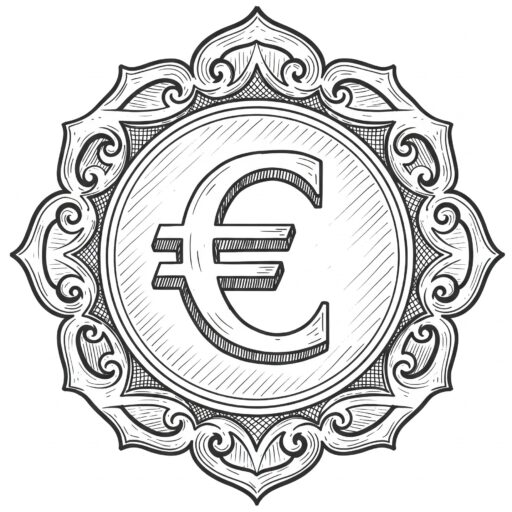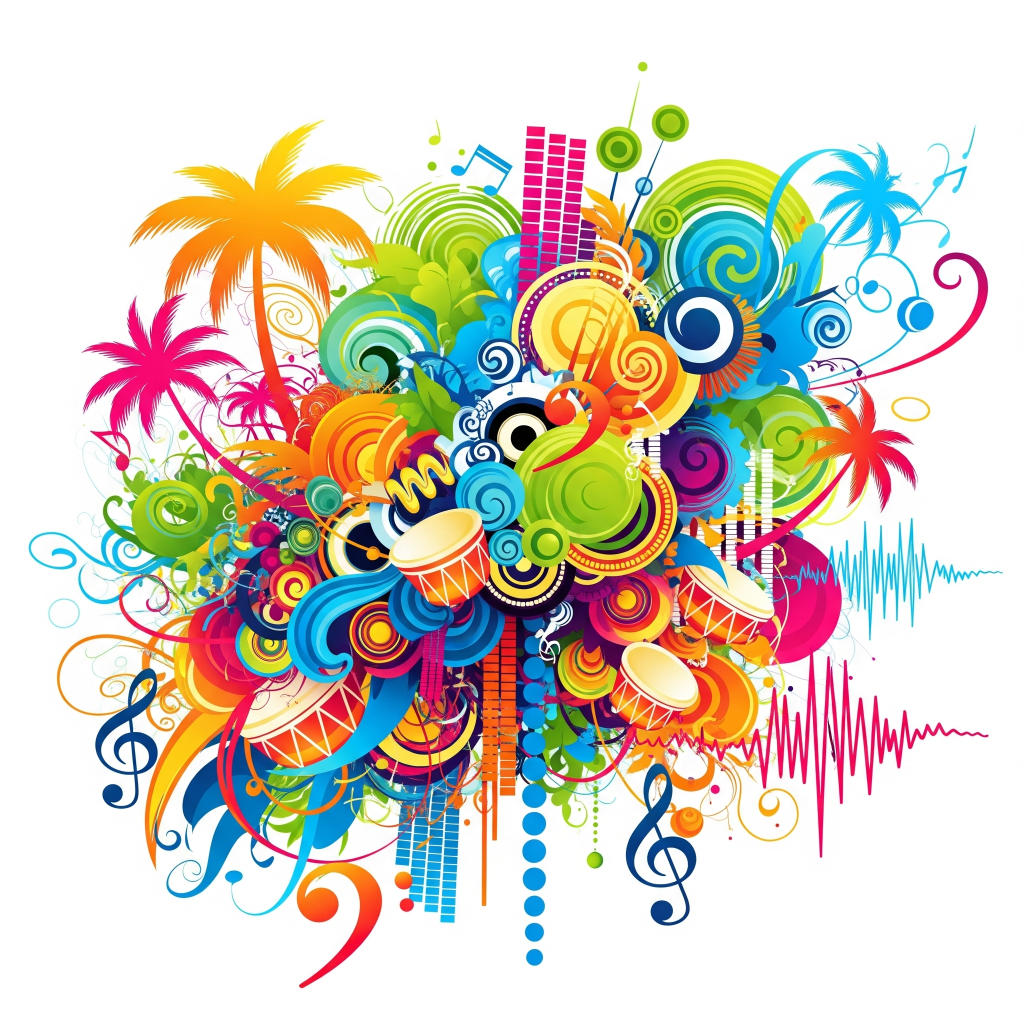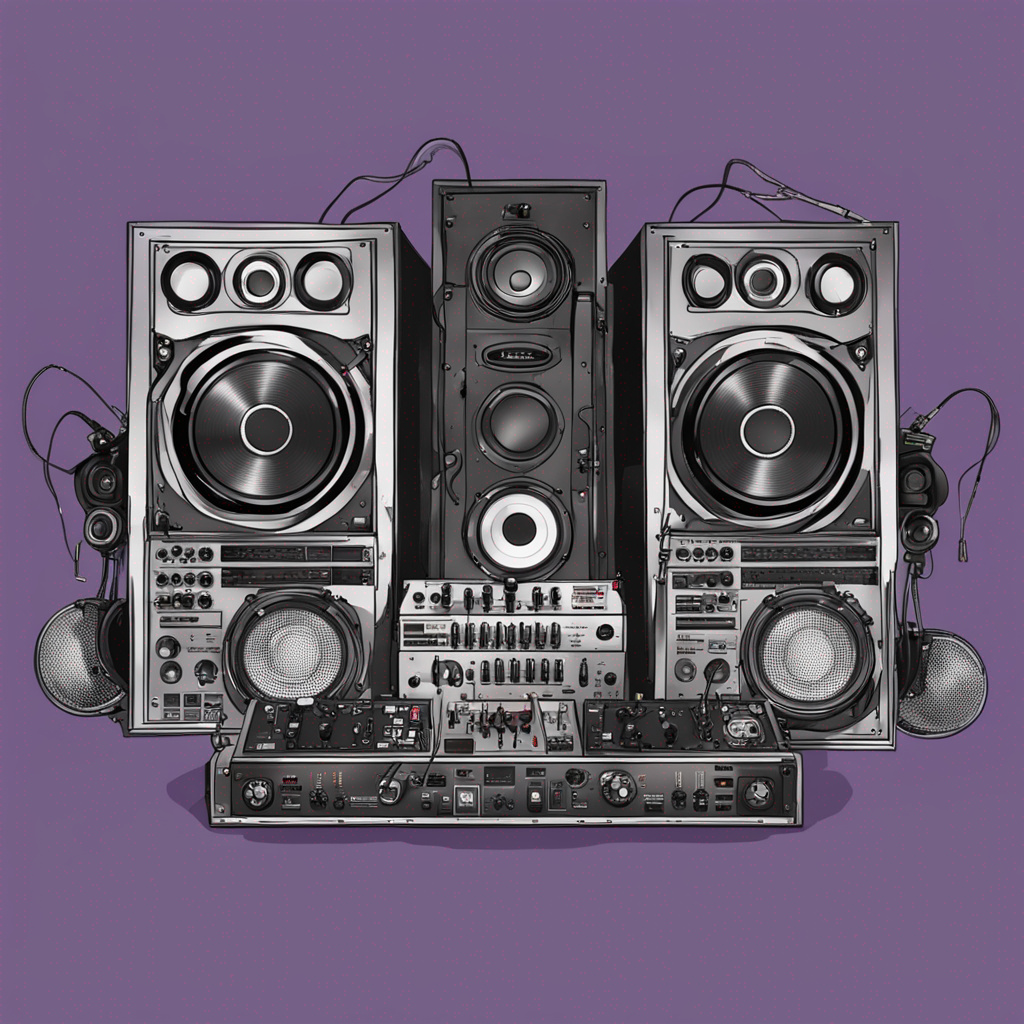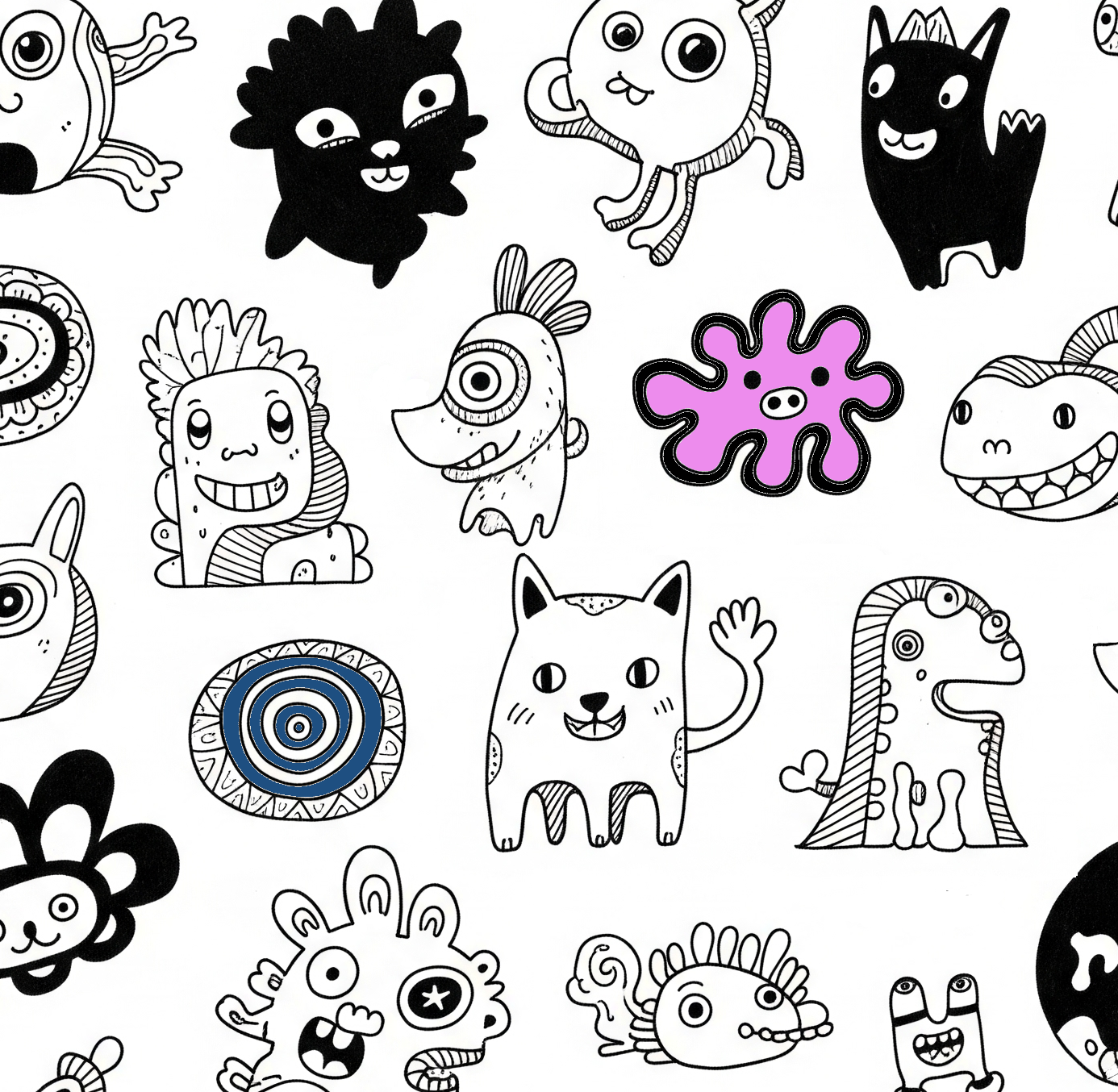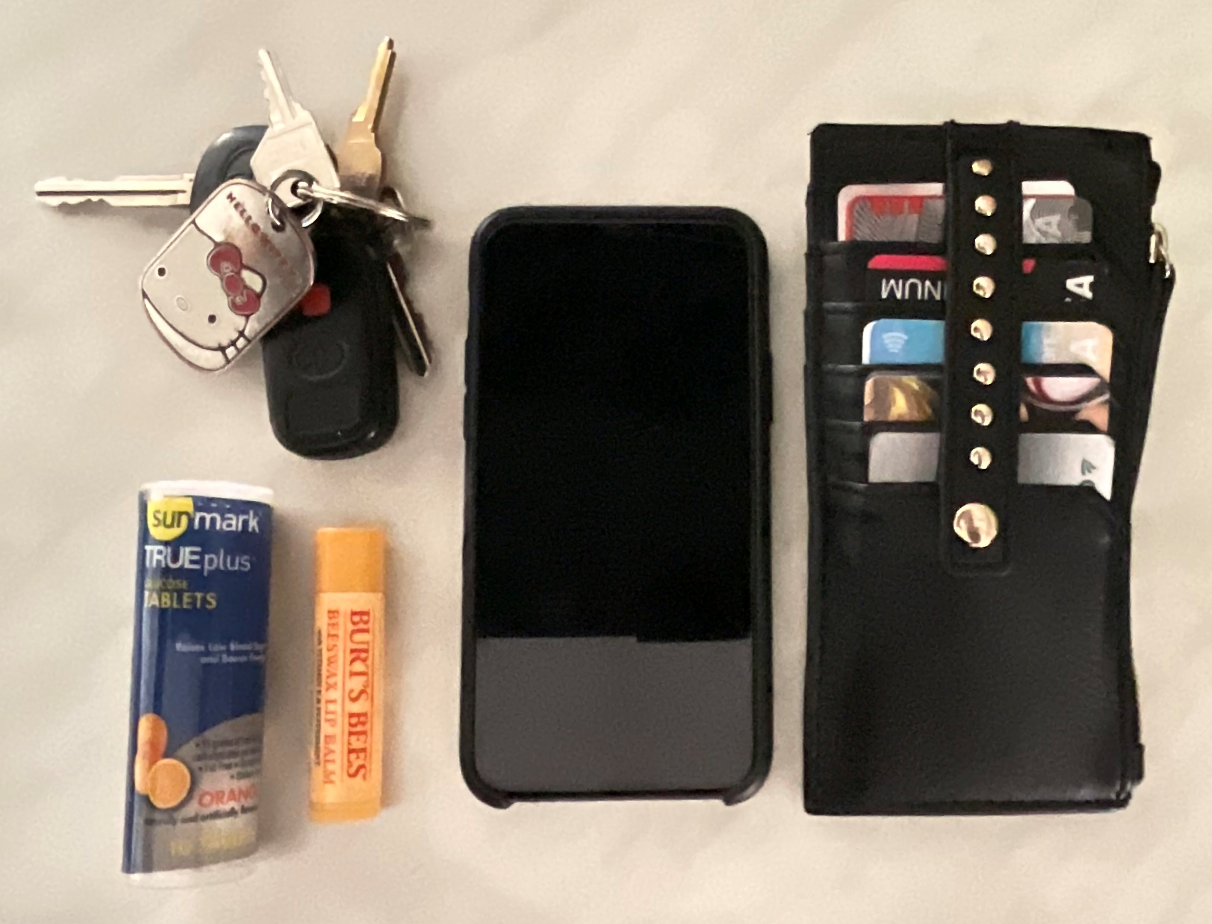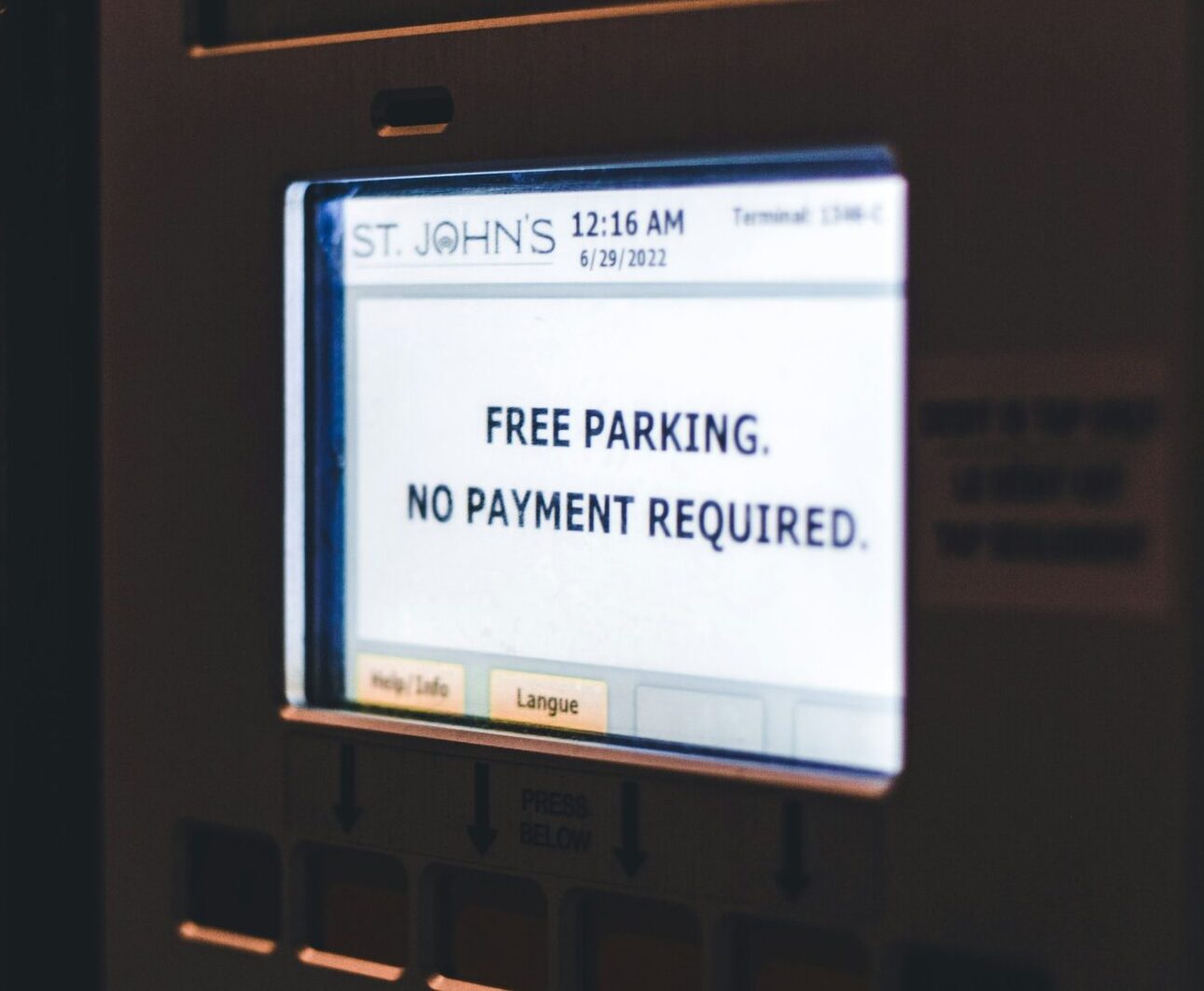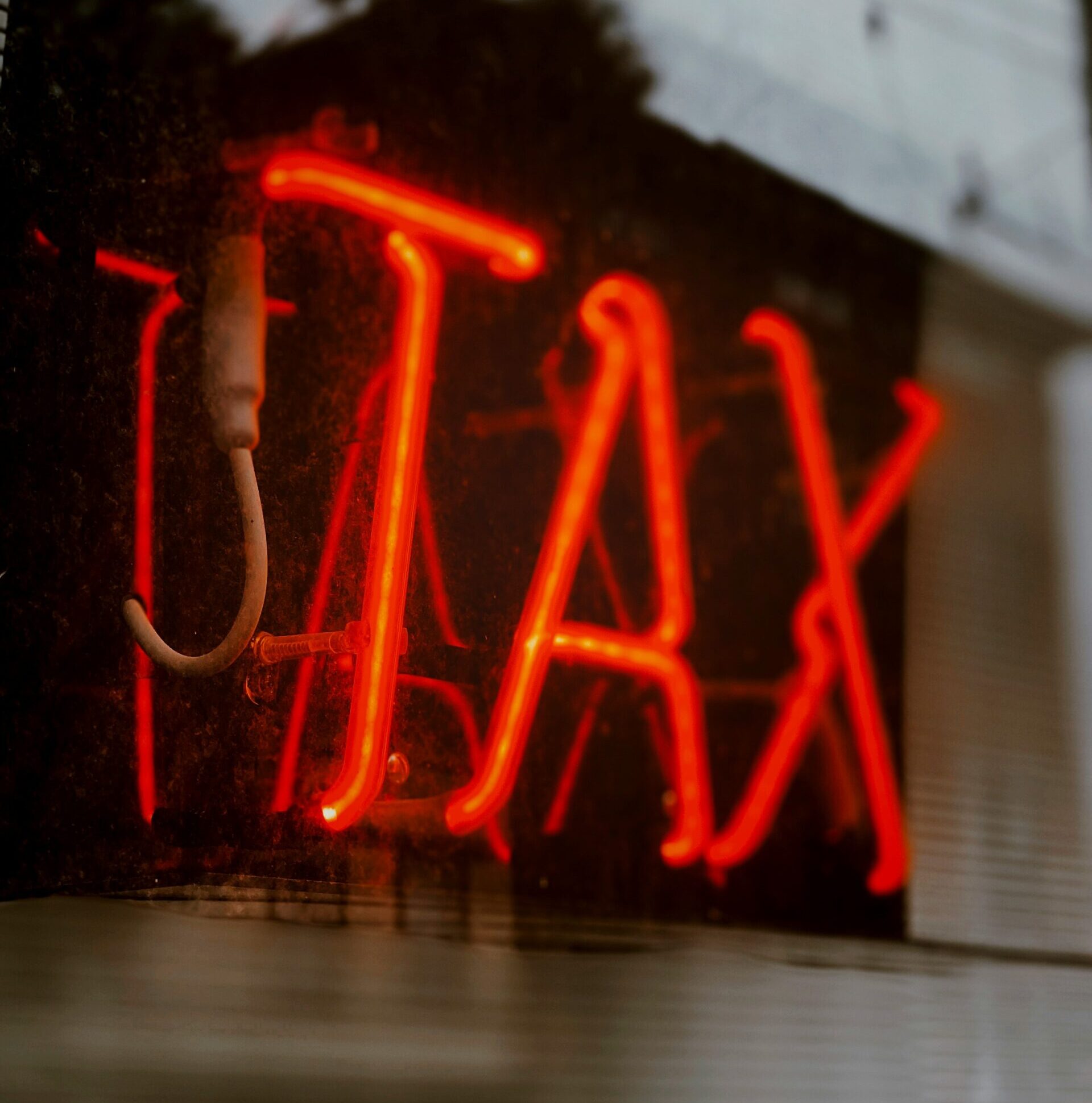Photo by Jon Tyson on Unsplash
What is a tariff?
A tariff is a federal sales tax imposed by the President on the American people to discourage American shoppers from buying products produced overseas.
Tariffs don’t stop other countries from making and selling products to US consumers, they just increase the costs for those goods to enter the country, and those added costs are passed on to shoppers.
This means that the wealthier people among us continue to have access to the products they want (products aren’t banned, they’re just made more expensive to buy), but many of these products will be out of economic reach for the majority of working Americans.
When tariffs are implemented in a precise way with appropriate planning and risk mitigation they can support industry development and growth. When they are implemented haphazardly and broadly they can spawn an artificial economic “inflation” where costs rise substantially faster than the average American’s salary.
Once an economic inflation has begun it will require decisive and thoughtful action by our elected leaders to correct. If not corrected, it can cause a domino effect of business failures, resulting in the widespread loss of employment and economic well being that signals a depression.
Who is impacted most by tariffs?
The pain of tariffs is borne mainly by middle and lower income Americans who can no longer afford the products they have come to rely on. Additionally, tariffs significantly impact small business owners that rely on the sale of low cost, imported products as a main source of revenue.
Most Americans will be affected directly or indirectly by implementation of tariffs. Whether it’s the drop in profits of a Fortune 500 company that results in losses in your 401k, postponing or canceling Christmas until toy prices come down, buying your next graphics card on an auction site at three times it’s value because of limited supply, or limping your car brakes along another year or two because parts just aren’t being produce for the American market anymore.
What’s being taxed?
Food – across the board
According to USA Today, 32% of fresh vegetables, 55% of fresh fruit, and 94% of all seafood is imported.
So much of our food, spices, and food packaging is sourced globally that the impact will be felt in every grocery store aisle. It’s still unknown exactly how much higher prices will get, but what’s certain is that you will notice it in your wallet. Here are examples of some of the areas expected to increase in price:
- Chocolate, coffee, tea, and bananas: Most of our coffee and bananas are imported. Spices, cocoa, teas, nuts, tropical fruits, herbal supplements, olive oil, and similar items are either completely or largely produced overseas and will be taxed. These items can’t be grown well in the US for climate or economic reasons, so there are few local alternatives.
- Fruits and vegetables: Particularly in winter months, we import most of our fresh fruits and vegetables from Mexico. Buying these items from local farmers is an alternative, but they will be even more expensive when combined with the changes in immigration policy which are causing widespread deportation of migrant farmworkers.
- Seafood: Most of the seafood we eat is imported from Asia and elsewhere, and will undergo taxation. With tariffs, a can of tuna may become a luxury we can’t afford.
So, what are our options? Officials are recommending we eat more frozen and canned fruits and vegetables, or go without. The Secretary of Agriculture recently recommended that Americans start raising chickens in their backyards, but this is not feasible for renters, and effectively reverses hundreds of years of societal growth and progress.
The best option is to tighten our belts in the short term, and demand that our Senators and Representatives focus on eliminating the taxes that are artificially inflating consumer costs.
Everything you want to buy for Christmas
China produces a lot of the stuff we use on a daily basis. Why? Because China is really good at manufacturing and keeping costs to a minimum, and Chinese workers are paid extremely low wages when compared to first world countries.
The same type of products produced in America (it doesn’t matter what they are) will be substantially higher in cost due to the fact that American workers expect: 1) to be paid a living wage that will allow them to provide food and shelter for their families, 2) to afford necessities like transportation and medical care, and 3) to know that there are appropriate health, safety, and wage and hour laws in place to ensure their well being.
Here’s a sample of items produced in China that will increase substantially in cost when tariffs are implemented:
- Children’s toys: Major toy manufacturers like Mattel have announced that they expect to see impacts in toy prices, and changes in their ability to deliver products to market
- Clothes and shoes: Most of the clothing purchased by Americans is produced in China, Mexico, India, Vietnam, and other places around the world. All of these items are going to be taxed to varying degrees.
- Electronics and cell phones…? We have yet to receive a clear understanding of the impacts in this market, but we have to assume at this point that all electronics (including cell phones) will be out of reach for most of middle America.
How will this affect business, the stock market, and my investments?
The impact of broad and sweeping tariffs has no precedent – the business world admits that it is flying blind.
According to Forbes.com, over 30 of the largest Fortune 500 companies have announced that they are pulling their profit forecasts, or will refuse to provide forecasts to their shareholders citing chaos resulting from tariffs. These companies include giants like: Walmart, McDonalds, Procter & Gamble, PepsiCo, Logitech, AMD, Apple, Snap, Ford, Cummins, General Motors, UPS, Amazon, and all of the major airlines.
Many of these companies have stated that there is no way to determine the overall negative impact, but that profit losses are likely to be significant and in the billions of dollars.
For example: Toyota has proposed a 20% drop in profits resulting from implementation of tariffs, which includes a loss of about $1.2 billion in March and April of 2025 alone.
Without a clear plan, and with the chaos that has already begun as a result of tariff threats, we could see the failure of major US businesses, and the effects of these failures will ripple throughout the economy.
The bottom line? It doesn’t need to happen
Tariffs are a man-made, artificial hardship designed to hurt working Americans. This is not a result of real world problems causing rationing or supply chain interruptions (like World War II, or the Pandemic). And, for some people the tariffs could lead to more than just a mediocre Christmas, or a delay in their retirement due to losses in their 401K.
It’s reasonable to assume we will see lives lost as a result of inaccessibility to food due to high costs or food shortages, because tariffs are being implemented at the same time as a massive immigration crackdown and slash-cutting of food assistance programs.
The deportations of low cost, farm workers means farmers are paying more to have crops harvested which makes the food we buy more expensive. And, the cuts in funding for safety-net programs like SNAP and WIC will mean that many who rely on these programs to feed their families will have less to eat.
Whether it’s limitations in our ability to afford imported food, or the increased cost of domestically grown food due to higher demand and costs for farm labor, a lot of people could go hungry as a result. This is a recipe for disaster, and it doesn’t need to happen.
The biggest question: Why?
Implementation of tariffs, particularly in a global vacuum, and without the guidance of business leaders and financial experts, doesn’t make any sense. It’s easy to assume it’s “ego” and write it off as baseless puffery, but the impact will be too significant to allow that excuse. There must be a good reason to risk so much with so little preparation for that risk. What is that good reason?
Trump may be attempting to spur American entrepreneurs to build low profit-margin, Chinese-style manufacturing plants within the US, but this is short sighted and does not help American entrepreneurs or workers. He is also methodically dismantling regulatory powers that govern worker safety and health. This combination of low paying, dangerous, “sweat shop” style factory work without the protection of regulatory safeguards will result in increased death from workplace related injury and diseases including increased rates of cancers.
China has made great gains in improving quality of life for its people, but there is still a substantial difference between the poor workplace conditions a Chinese worker is willing to tolerate, and the improvements American workers have realized in quality of life since World War II.
Looking to China (or North Korea, or Russia) as a “role model” for progress in our country goes against the fundamental American ideals of democracy, liberty, and governance by and for the People.
